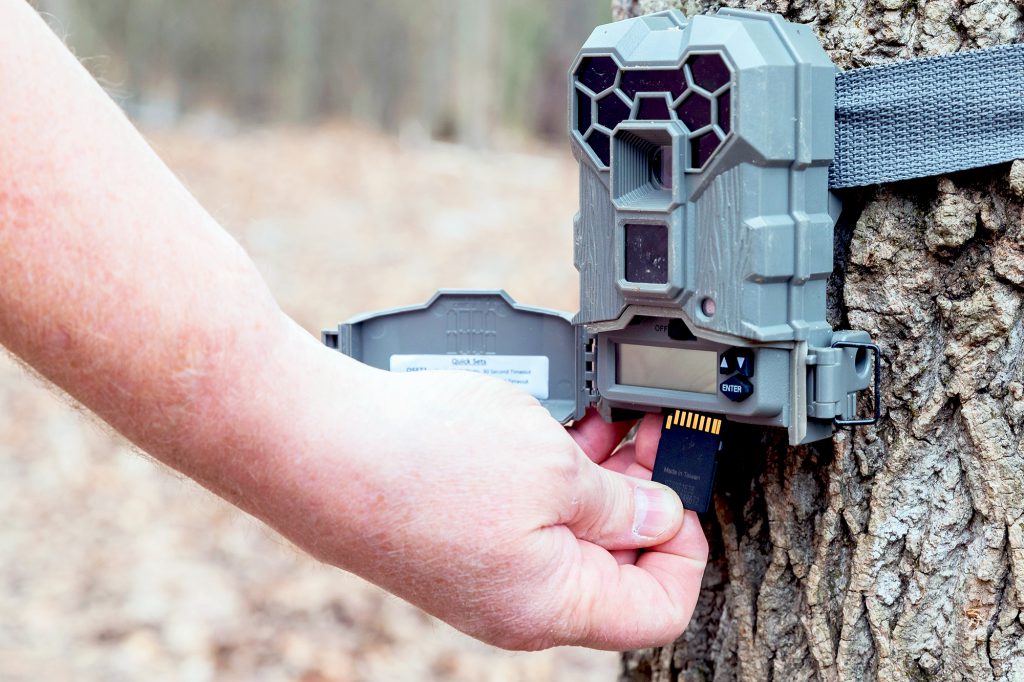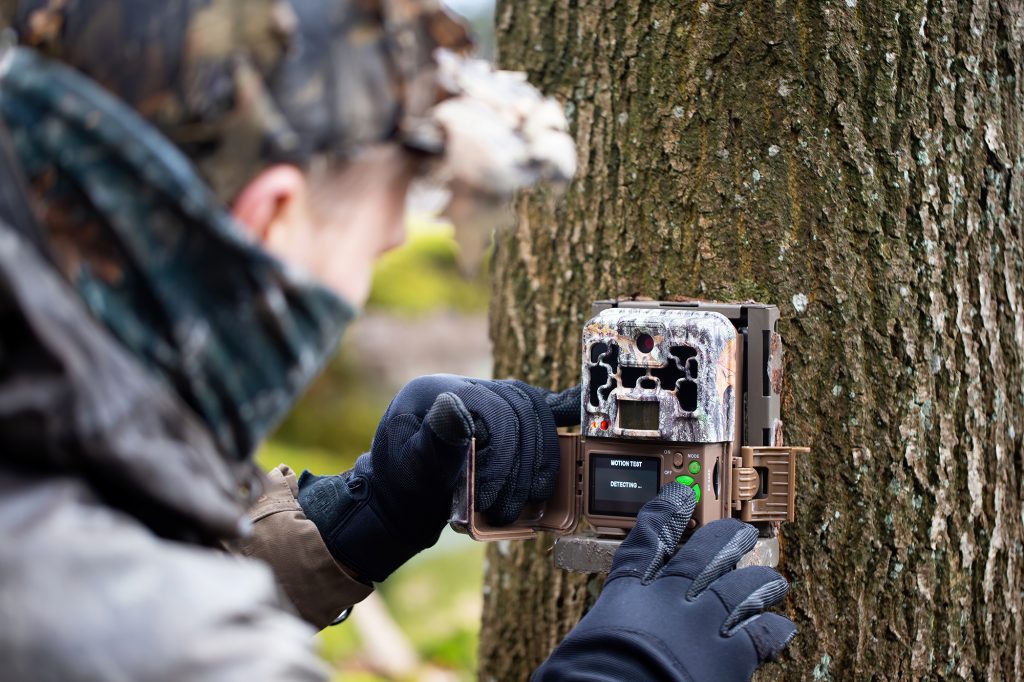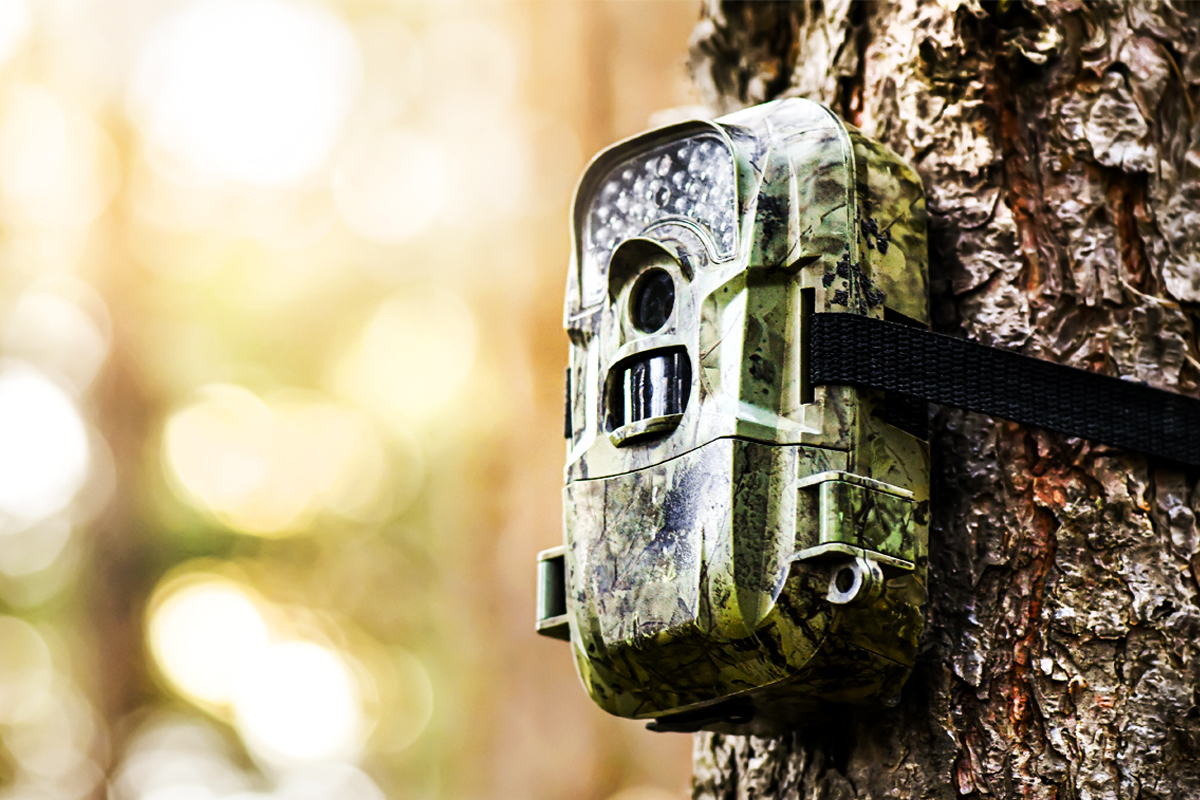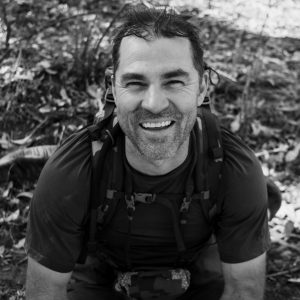On June 11, 2021, the Arizona Game and Fish Commissioners enacted a hunting trail camera ban with a 5-0 vote. This will likely be remembered as the most controversial decision to face the hunting community in 2021.
The commissioners amended Article 3 of its regulations governing the taking and handling of wildlife to establish the trail camera ban under emergency duress from Gov. Doug Ducey (R), who argued it was a necessary measure for public safety and fair chase practices.
Several iterations of the proposed amendment, several rounds of heated public engagement, and several lively public meetings culminated on June 11 when the commissioners decided all trail cameras will be banned “for the purpose of taking or aiding in the take of wildlife or locating wildlife for the purpose of taking or aiding in the take of wildlife.” (Cellular trail cameras have been banned in Arizona since 2018.)
What this means from a regulation perspective is up in the air right now. If, for example, I get a six-month-old photo of a mule deer in a certain canyon from a friend, and I kill said mule deer, is that considered “aiding in the take?” The answers to these kinds of questions are unknown at the moment with guidance expected from authorities before the Jan. 1, 2022, enforcement deadline.
I’m sure that what I’m about to say about trail cameras in Arizona is going to upset both those against and in favor of the ban. Here is what makes the entire issue very sticky: There is no bad cop in this situation.
Typically in hunting debates, there is a bad guy: PETA, or HSUS, or CBD or someone or some group that is vehemently against hunting. In this scenario, you have two sides that are both passionate about hunting and they each have valid arguments.
Those who oppose the ban claim there is no scientific evidence of cameras and human interaction with those cameras affecting wildlife health, and that there is no documented evidence of conflict tied to cameras. Both statements are true.

Those who want to ban trail cameras will argue that their use isn’t fair chase in arid environments where water is the key resource for wildlife and that cameras and the increased human traffic in those areas at the height of the summer are detrimental to the future sustainability of wildlife: all points that are logically tough to argue with.
But, let’s first clear something up. There is a conspiracy theory that the commissioners who oversee wildlife sustainability in the state are in bed with HSUS (The Humane Society of the US). Even reading that statement sounds a little outlandish. Just because HSUS stated it’s in favor of banning trail cameras, essentially siding with the commissioners, doesn’t mean they are in cahoots with the commission. It just means that they just jumped on something they believe helps their anti-hunting cause.
When you dissect this entire issue there are so many tentacles to it: a little hearsay, a little conspiracy theory, a lot of mistruths. Let’s try to clear things up by asking a few simple questions.
Do we agree with the Commission wholesale blanket ban on trail cameras across the entire state?
No. We, like most hunters across the US and around the world, are very much in the camp of not letting the one bad apple, or in this case, a couple of bad apples, take away a tool that has been utilized fairly in hunting for decades. Address the issue in the place the issue occurs, adaptive over time based on feedback.

Do you need trail cameras to hunt?
No. Some might say, “But, Robbie, you don’t understand, Arizona is extremely vast, and we have no idea where to start looking, so using trail cameras helps us zero in on a place where there are animals.” I don’t have to tell you how that sounds. The removal of trail cameras does not impact anyone’s right, privilege, or ability to hunt.
Do trail cameras help outfitters locate wildlife for clients?
Yes. In some cases, clients have little time to hunt and they are paying extremely good money into the Arizona economy to do that hunting. Trail cameras help outfitters zero in on a location where there is wildlife to increase the odds of success.
Do outfitters need trail cameras to locate wildlife?
The answer is no. But will this mean more people, longer days, longer hours? The answer is likely yes. As such, will it cost more to hunt with these outfitters? Maybe. Some outfitters will raise their rates, others will keep them the same as their use of trail cameras was already very limited.
Do trail cameras aid wildlife management?
Yes. Trail cameras allow hunters the ability to assess the overall wildlife population and provide the ability to selectively manage the population with the intent to enhance and sustain that population. Additionally, multiple state agencies lean on hunter data and reports to bolster and validate state-produced data.
Is the use of trail cameras fair chase?
According to national organizations like the National Deer Alliance, the Pope and Young Club, and the Boone and Crockett Club, the use of trail cameras does not infringe on the ethics of fair chase. So the commissioners’ rationale went against the norm within the hunting community. That’s not new in this country, and it’s their prerogative as the commissioners of Arizona’s wildlife resources.
Do multiple cameras (say a dozen) on a single waterhole, and the checking of those cameras, pose a wildlife welfare issue?
Possibly. From a logical perspective, constant human traffic in and out of a waterhole area will disturb any wildlife moving to and from that waterhole. So, there would be some impact. There is no science that details that impact, but it would also be very difficult to get that data. It would likely require a 3- to 5-year scientific study with a significant baseline as well as post implementation data that assesses health related metrics of a specific wildlife herd to determine whether irrevocable damage to wildlife resources occurred because of trail cameras.
Does banning trail cameras remove the right to hunt?
No, it does not.
Do trail cameras make you a more efficient hunter?
Maybe. Be sure to read what I just wrote: efficient, not effective.
Could the banning of trail cameras cause someone to stop hunting?
Yes. Let’s be honest; we hunt to kill. Increasing your chances of killing probably increases the likelihood that you’ll go hunting. This may not fit everyone’s narrative, but it likely fits a majority. Trail cameras provide you the confidence that there is wildlife in the area, and therefore, increase the chances that you will go out to hunt.
Does the banning of trail cameras add to the death of hunting by a thousand cuts?
Yes and no. To the blue-collared individual down the street who has three days to hunt every year and wants to up their chances of killing something, yes, it means a lot. For those who spend a lot of time in the field glassing and finding animals, it has no effect.
Does Arizona banning trail cameras set a dangerous precedent?
Time will tell. The commissioners were either acting as champions for wildlife conservation or the trail camera ban will prove to be an utter failure, and when the rule is reopened it will be reversed.
So what does this mean for hunting? Is this the first step toward a national trail camera ban?
Maybe. Nevada has already had discussions about the use of trail cameras, and I would think that any state with healthy and desirable wild game, desert conditions, and limited water sources for wildlife may face this issue sooner rather than later.
And if this ban is the first nail in the coffin for hunting trail cams, what’s the next nail? Banning magnified scopes, long-range rifles, range finders? I doubt it, but it’s the kind of rhetoric that is brought into these discussions that we should be most afraid of.
Also, there is a big difference between those hunting tools I just mentioned and trail cams. Those tools make us more effective hunters in the pursuit of killing animals, whereas trail cams allow us to find them more efficiently. We should be championing, supporting, and vociferously defending the former while remaining willing to challenge our thinking on the latter.
Read Next: The Critical Importance of Being Uncomfortable








Taylor young says
Great article. What everyone fails to realize, is, it is still fair chase regardless of the use of a trail camera, the cameras are big part, and one could say the best way to manage a wildlife herd. Over population is detrimental to the herd and can have a negative effect on that herd. Over population can lead to inferior offspring which in turn can destroy a herds health and well being and can lead to die off within the population. In Texas, trail cameras have been a major tool used to manage deer herds. We use them on our ranch to complete deer counts not only for deer, but other wildlife as well. Take away the ability to maintain close contact and monitor your wildlife, could cause another problem we all will have to deal with. In my humble opinion, this is just another way the government is trying control us and tell us what we can and can’t do. Trail cameras are not evil, they are just a tool we use to identify our wildlife and manage our wildlife herds.